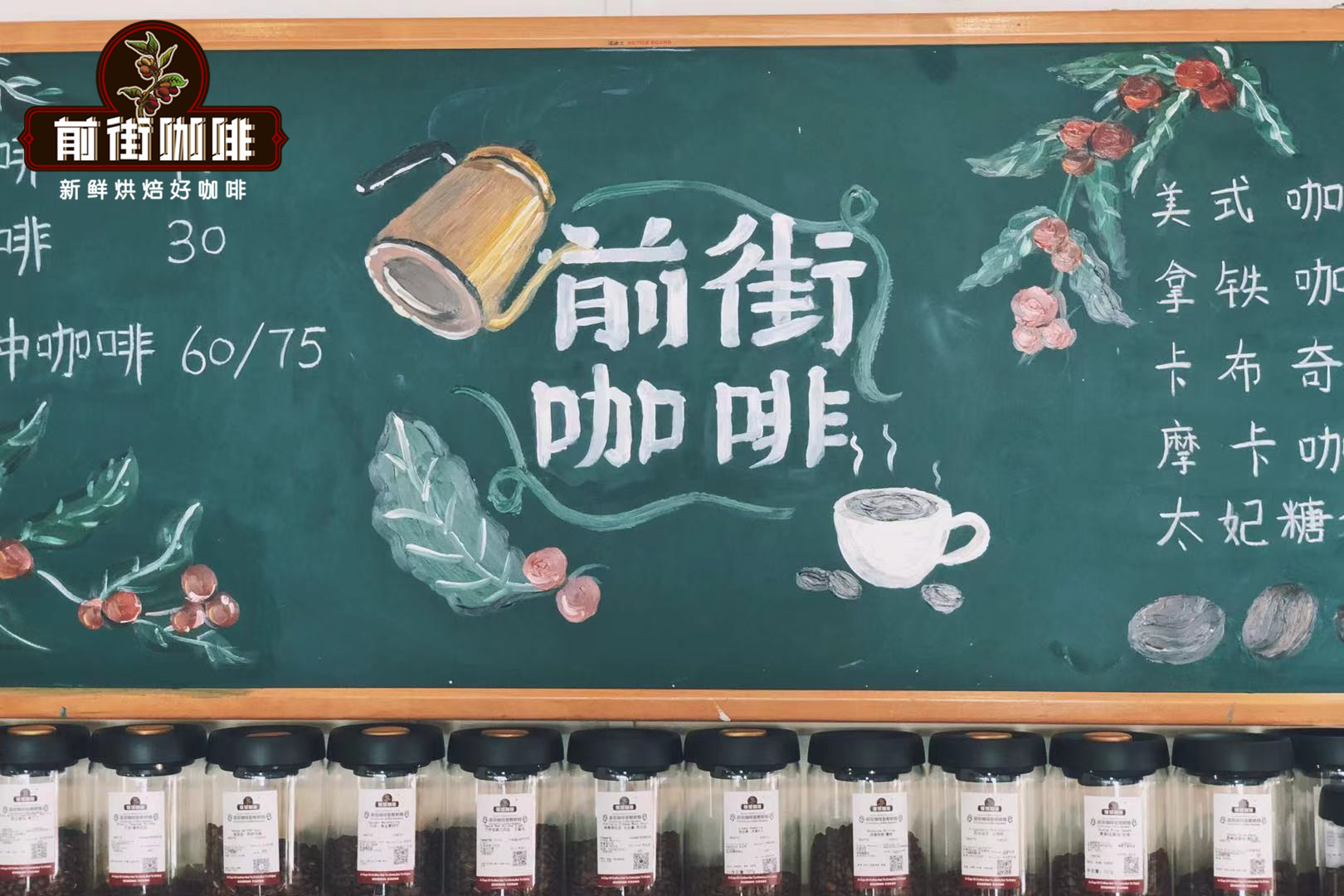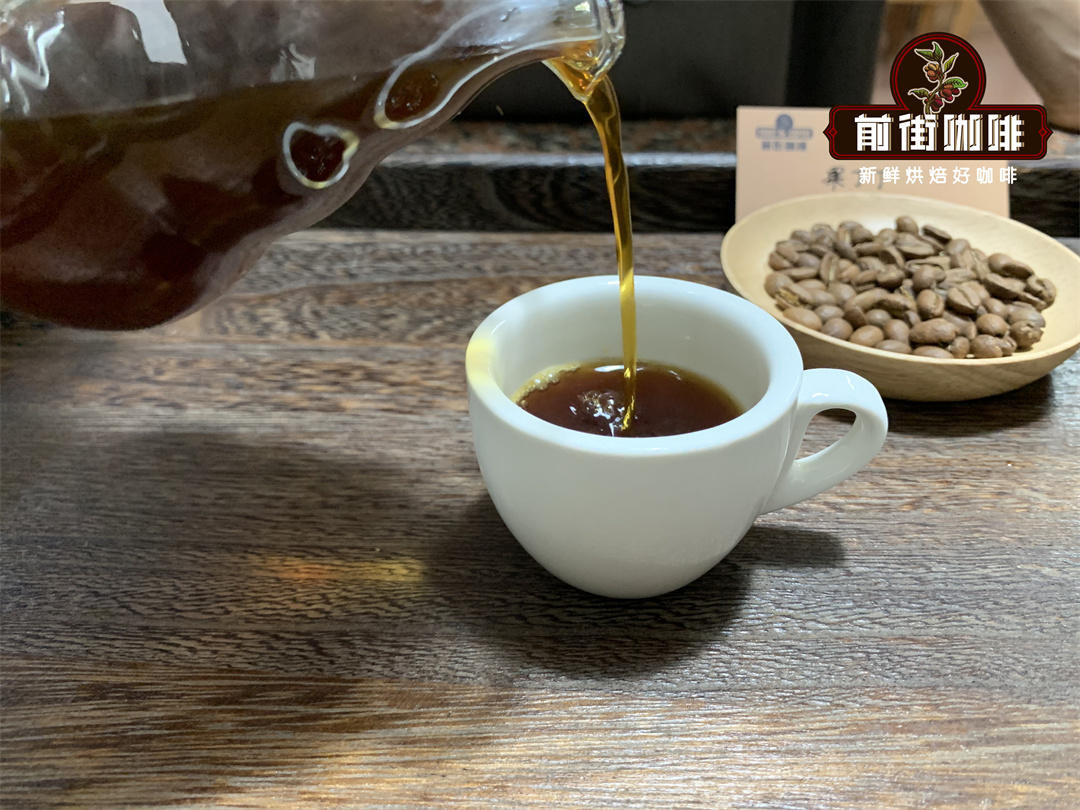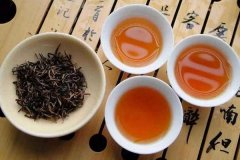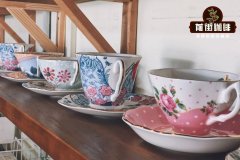The nomenclature of boutique coffee Yejashefi Coffee. Common treatment of Yega Chefe Coffee

Professional coffee knowledge exchange more coffee bean consultation please follow the coffee workshop (Wechat official account cafe_style)
Ethiopia is the birthplace of Arabica coffee, also known as the genetic treasure house of coffee. Its original species and diverse varieties create the unique flavor of coffee, which is famous for its elegant floral aroma and citrus flavor. And Yega Chuefei Coffee from Ethiopia is deeply loved by the broad masses of consumers. The hot sale of Qianjie Cafe today gives you a glimpse of Yega Xuefei.
Yega Xuefei is located in the producing area of Sidamo.
Settle down in the wetlands
Yirga is a small town, 700-2100 meters above sea level. It is synonymous with Ethiopian boutique coffee. It has been a wetland since ancient times. The ancient saying "Yega" means "settle down" and "Cheffe" means "wetland". Ethiopia is one of the largest coffee producers in the world, so it has a lot of coffee, large and small, of which the most famous coffee bean is Yega Xuefei. Located in the southern part of the Sidamo producing area, about 1600-2400 meters above sea level, Yega Xuefei has excellent terrain and climate, cool, fresh, rainy, but not humid, with aromas of fine citrus, lemon, flowers and tea. with a bright and distinctive taste, it can be said to be the best quality coffee bean in Ethiopia.
The common post-processing methods of Yejia Xuefei can be roughly divided into two types: washing and solarization:
1 washing: with the smell of flowers, with bright and fresh citrus flavor, light and soft taste, the final rhyme has a warm sense of tea, is the classic flavor of Yega Xuefei
2 insolation: full of explosive berry aroma, rich taste, softer acidity like fruit
In recent years, various treatment methods have sprung up like bamboo shoots after a spring rain-anaerobic fermentation, honey treatment and so on. . Let Yega Xuefei's flavor more rich layer.

About the Cochel producing area
Heading south to Yejashafi, there is a small town called Cochel in Yejashafi, which is about 1800 to 2000 meters above sea level. It is a well-known micro-producing area of Yejashafi and one of the highest coffee-producing areas in the world. There are about 10,000 coffee farmers in the area, all of which are based in the form of small coffee farmers, and the main crop and source of income is coffee.
In Kochel, the towering mountains, the great temperature difference between day and night, and the fertile and nutritious iron soil are also the key factors for the perfect reproduction and excellent quality of coffee. Tasting coffee from Cochel area, it feels elegant and connotative flavor, smooth taste, hierarchical appearance, unrestrained fusion of lemon and sweet and sour aromas of flowers and fruits, and sweet aftertaste.
In recent years, Cochell production area has introduced brand-new raw bean processing equipment, while several washing plants have been added, and more coffee farmers have chosen to grow organically, which will be strictly selected to the extreme, which not only has the opportunity to open up the coffee market, but also has a more sophisticated expansion for flavor extraction.
Boutique Coffee-the name of Yega Xuefei
Yega Xuefei, originally belonging to the Sidamo producing area, is famous for its outstanding quality and special flavor, and then it has been independent into a producing area, even those who do not know much about coffee have heard of it.
In the Yejasuefi producing area, the production of coffee beans is the main task of many farmers, so the production scale of Yejasuefi coffee beans is common from manors to small farmers' cooperatives. Most of the Yejasuefi coffee fruits are harvested by manual picking, and the amount after screening is less than half of the original harvest, so it is very precious!
The boutique coffee beans of each country and producing area have their own naming and grading methods, while Yega Xuefei's boutique coffee beans, in addition to the country and producing areas, will also be marked with manors / raw bean processing plants / cooperatives, processing methods, and grades, so that consumers can have a better understanding of the source of coffee beans: most Yejassefi coffee fruits are harvested by artificial picking.
Grading of coffee beans in Ethiopia
Ethiopian coffee beans are divided into five grades of G1~G5. Based on "the proportion of defective beans per 300g raw beans", G1 represents the level with the lowest defect rate and the highest grade, while G5 is the coffee bean grade with more defect rates. in recent years, some manufacturers have even marked Z-grade coffee beans with zero defects for consumers to choose from, so that more lovers of boutique coffee can choose. Enjoy the wonderful coffee experience.
With the evolution of the coffee wave, boutique coffee has become the only way to enjoy life. in the era of fierce competition in the coffee market, Ethiopia, the birthplace of high-quality Arabica coffee, has pushed the quality of fine coffee to a higher level.
For more boutique coffee beans, please add private Qianjie coffee on Wechat. WeChat account: kaixinguoguo0925
Important Notice :
前街咖啡 FrontStreet Coffee has moved to new addredd:
FrontStreet Coffee Address: 315,Donghua East Road,GuangZhou
Tel:020 38364473
- Prev

Summary of the manufacturing methods of black tea in tea garden
1. The method of picking tea varies depending on the management method of the tea garden, but it is usually based on one bud and two leaves, and there are often those who reach the third leaf. If the third leaf is too mature and hardened, do not kill it. Picking tea leaves is often done by hand, because it is easy to choose the appropriate leaves. Tea workers carry bamboo on their shoulders to make tea baskets, and put the tea leaves in the baskets, waiting for the tea leaves to be filled at regular intervals.
- Next

Anaerobic treatment of boutique coffee? What is the anaerobic treatment of Colombian boutique coffee?
Professional coffee knowledge exchange more coffee bean consultation Please pay attention to the coffee workshop (Wechat official account cafe_style) known sun, washing, honey treatment, is the basic treatment options for coffee, with the rise of the coffee market, the number of people who love fine coffee is also growing, thus causing a lot of people in the production industry to invest in the research and development of new post-processing methods of coffee.
Related
- Beginners will see the "Coffee pull flower" guide!
- What is the difference between ice blog purified milk and ordinary milk coffee?
- Why is the Philippines the largest producer of crops in Liberia?
- For coffee extraction, should the fine powder be retained?
- How does extracted espresso fill pressed powder? How much strength does it take to press the powder?
- How to make jasmine cold extract coffee? Is the jasmine + latte good?
- Will this little toy really make the coffee taste better? How does Lily Drip affect coffee extraction?
- Will the action of slapping the filter cup also affect coffee extraction?
- What's the difference between powder-to-water ratio and powder-to-liquid ratio?
- What is the Ethiopian local species? What does it have to do with Heirloom native species?

